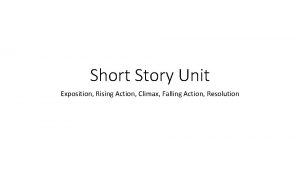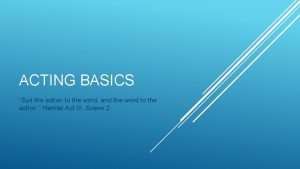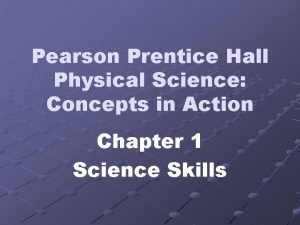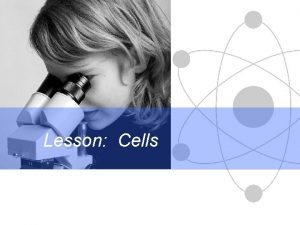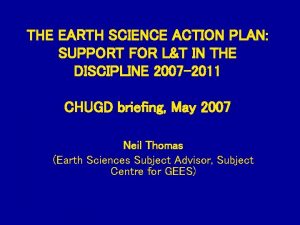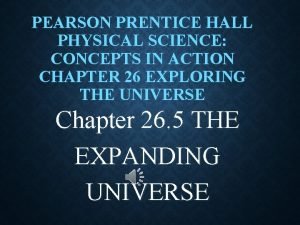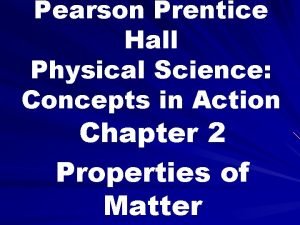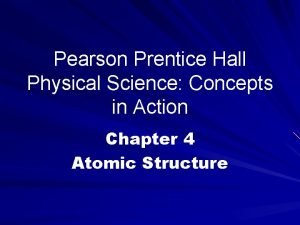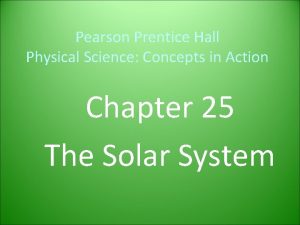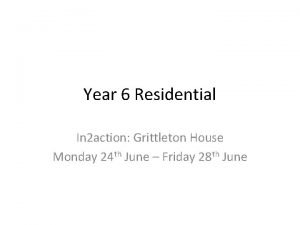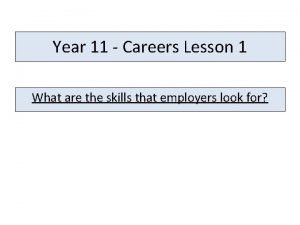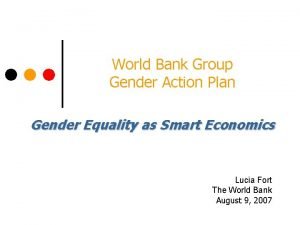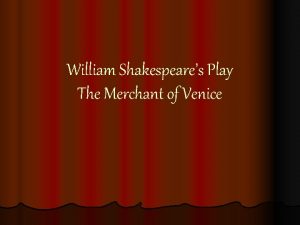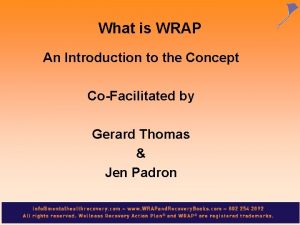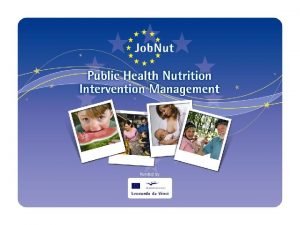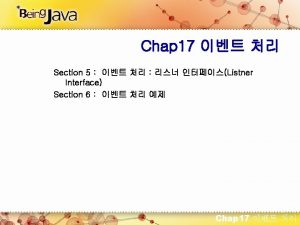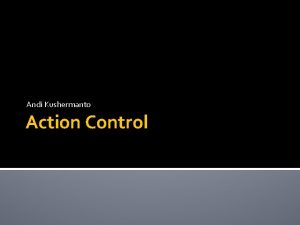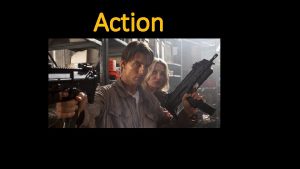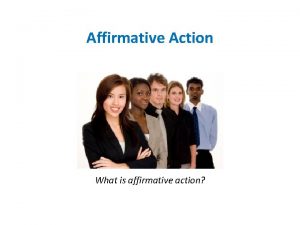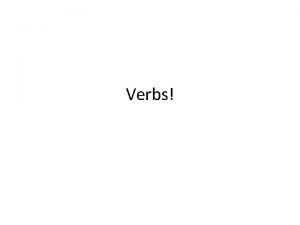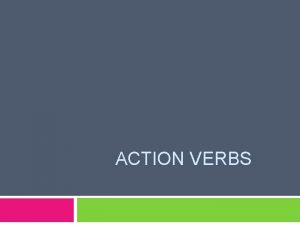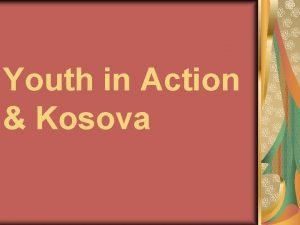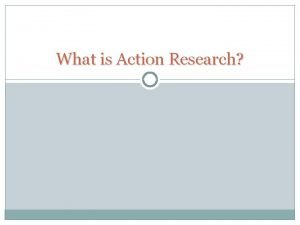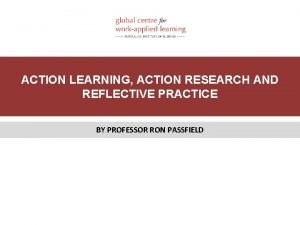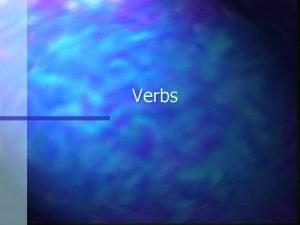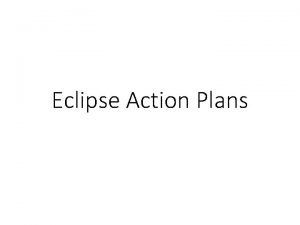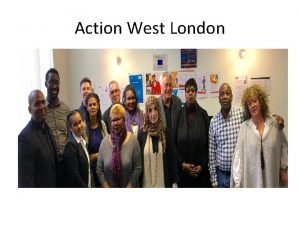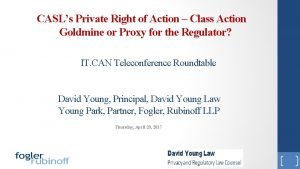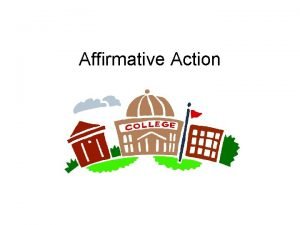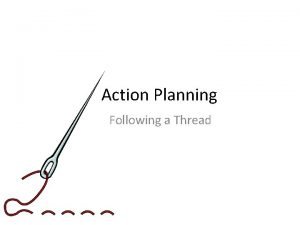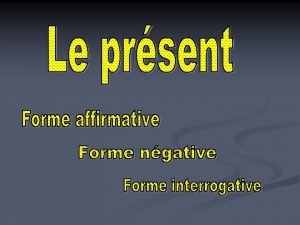Science in Action RedChapter 1 What is Science




























- Slides: 28

Science in Action Red-Chapter 1

What is Science? • Science is a way of learning more about the natural world. • Scientist want to know why, how, or when something occurred. • This learning process usually begins with keeping your eyes open and asking questions about what you see.

Science Skills • Because no single way to gain knowledge exists, a scientist does not start with step one, then go to step two, and so on. • Instead, scientist have a huge collection of skills from which to choose.

Science Skills Cont’d • Some of these skills include thinking, observing, predicting, investigating, researching, modeling, measuring, analyzing, and inferring. • Science also can advance with luck and creativity.

Scientific Methods • Experiments often follow a general pattern. • Most experiments begin by seeing something and then asking a question about what you observed.

Science Method Cont’d • To collect more information, scientists almost always make more observations. • They might build a model of what they study or they might perform experiments. • Often, they do both!

Scientific Method • Step 1: Ask a question or Purpose, Make an observation • Step 2: Form a Hypothesis • Step 3: Experiment • Step 4: Analyze Data • Step 5: State Conclusions

Questioning and Observing Step 1 • Experiments often begin by making observations and asking questions. • An observation is the act of watching for some special purpose. • Purpose is the reason for conducting an experiment/investigation. • “What do you want to know? ”

The Hypothesis Step 2 • A hypothesis is a reasonable and educated possible answer based on what you know and what you observe. • You make a prediction about what you think will happen if you did an experiment to answer your question. • Prediction is saying what you think will happen beforehand.

Making/Forming a Hypothesis Step 2 Cont’d • Questions to ask yourself that leads to a prediction/hypothesis. • Possible educational explanation or answer to your question or problem. • Questions: What do I know about the topic? What do I observe? What do my observations tell me about my question?

Experiment/Plan an Experiment to test the hypothesis Step 3 • A list of steps to follow to test your hypothesis. • A list of materials you need to perform your experiment. • How will this test answer your question? • An experiment is a test or trial to find out something.

Experiment: Testing the Hypothesis Step 3 cont’d • Conduct the experiment following your procedure or list of steps. • **Be sure to record your data and observations as you go!

Organizing & Analyzing Your Findings/Data Step 4 • Data is the information gathered during an investigation/experiment/lab. • Before you draw any conclusions, organize what you know. Put your observations, calculations, and measurements in a table or chart • Then you will have a summary of your observations and can refer back to them when you are drawing conclusions. *to analyze means to look at the data and determine what it tells you about your question.

Draw/State Conclusions Step 5 • Conclusion is the explanation of the end result. • The first thing that you learn is that your hypothesis was correct or that is was not correct. • Does your experiment support your hypothesis. • So you infer that either what you are testing supports your hypothesis or does not support your hypothesis. • To infer something means to draw a conclusion based on what you observe.

Communicating Your Conclusion Step 5 cont’d • Even if your observation does not support your hypothesis you know more than you did when you started. • Instead of giving up, you should continue to gather information by making observations, making a new hypothesis, and by experimenting further. • Science takes patience and persistence.

Experiments • Some questions ask about the effects of one factor on another. • One way to investigate these kinds of questions is by doing a controlled experiment. • A controlled experiment involves changing one factor and observing its effects on another while keeping all other factors constant.

Variables and Constants • Variables are factors that can be changed in an experiment. Reliable experiments attempt to change one variable and observe the effect of this change on another variable. • Independent Variable – something that is changed by the scientist – What is tested – What is manipulated

Variables and Constants Cont’d • Dependent Variable – something that might be affected by the change in the independent variable – What is observed – What is measured – The data collected during the investigation • Scientist attempt to keep all other variables constant -or unchanged • Controlled Variable – a variable that is not changed – Also called constants – Allow for a “fair test”

Examples Students of different ages were given the same jigsaw puzzle to put together. They were timed to see how long it took to finish the puzzle. What is the IV, DV, CV in this experiment?

What was the independent variable? • Ages of the students – Different ages were tested by the scientist

What was the dependent variable? • The time it took to put the puzzle together – The time was observed and measured by the scientist

What was a controlled variable? • Same puzzle – All of the participants were tested with the same puzzle. – It would not have been a fair test if some had an easy 30 piece puzzle and some had a harder 500 piece puzzle.

One More: An investigation was done with an electromagnetic system made from a battery and wire wrapped around a nail. Different sizes of nails were used. The number of paper clips the electromagnet could pick up was measured. What is the IV, DV, CV in this experiment?

Independent variable: • Sizes of nails – These were changed by the scientist

Dependent variable: • Number of paper clips picked up – The number of paper clips observed and counted (measured)

Controlled variables: • Battery, wire, type of nail – None of these items were changed

Last One: The higher the temperature of water, the faster an egg will boil. What is the IV, DV, CV in this experiment?

• Independent variable – temperature of water • Dependent variable – time to cook an egg • Controlled variable – type of egg
 Nina’s favorite subject is science
Nina’s favorite subject is science What is a plot sequence
What is a plot sequence Character setting plot chart
Character setting plot chart Story mountain exposition
Story mountain exposition Short story with exposition
Short story with exposition Suit the action to the word the word to the action meaning
Suit the action to the word the word to the action meaning Pearson physical science concepts in action answers
Pearson physical science concepts in action answers Science differentiation in action
Science differentiation in action Science action plan
Science action plan Bacground
Bacground Science differentiation in action
Science differentiation in action Chemical property definition
Chemical property definition Pearson physical science concepts in action
Pearson physical science concepts in action Pearson physical science concepts in action
Pearson physical science concepts in action Social science vs natural science
Social science vs natural science What are the three branches of science
What are the three branches of science Natural and physical science
Natural and physical science Applied science vs pure science
Applied science vs pure science Natural science and social science similarities
Natural science and social science similarities Science fusion introduction to science and technology
Science fusion introduction to science and technology Tragedy of the commons
Tragedy of the commons Julie lundquist
Julie lundquist Soft science definition
Soft science definition In 2 action grittleton house
In 2 action grittleton house Situation, task, action, result examples
Situation, task, action, result examples Gender action plan world bank
Gender action plan world bank Gender action plan world bank
Gender action plan world bank The exposition of the merchant of venice
The exposition of the merchant of venice Wellness recovery action plan examples
Wellness recovery action plan examples




